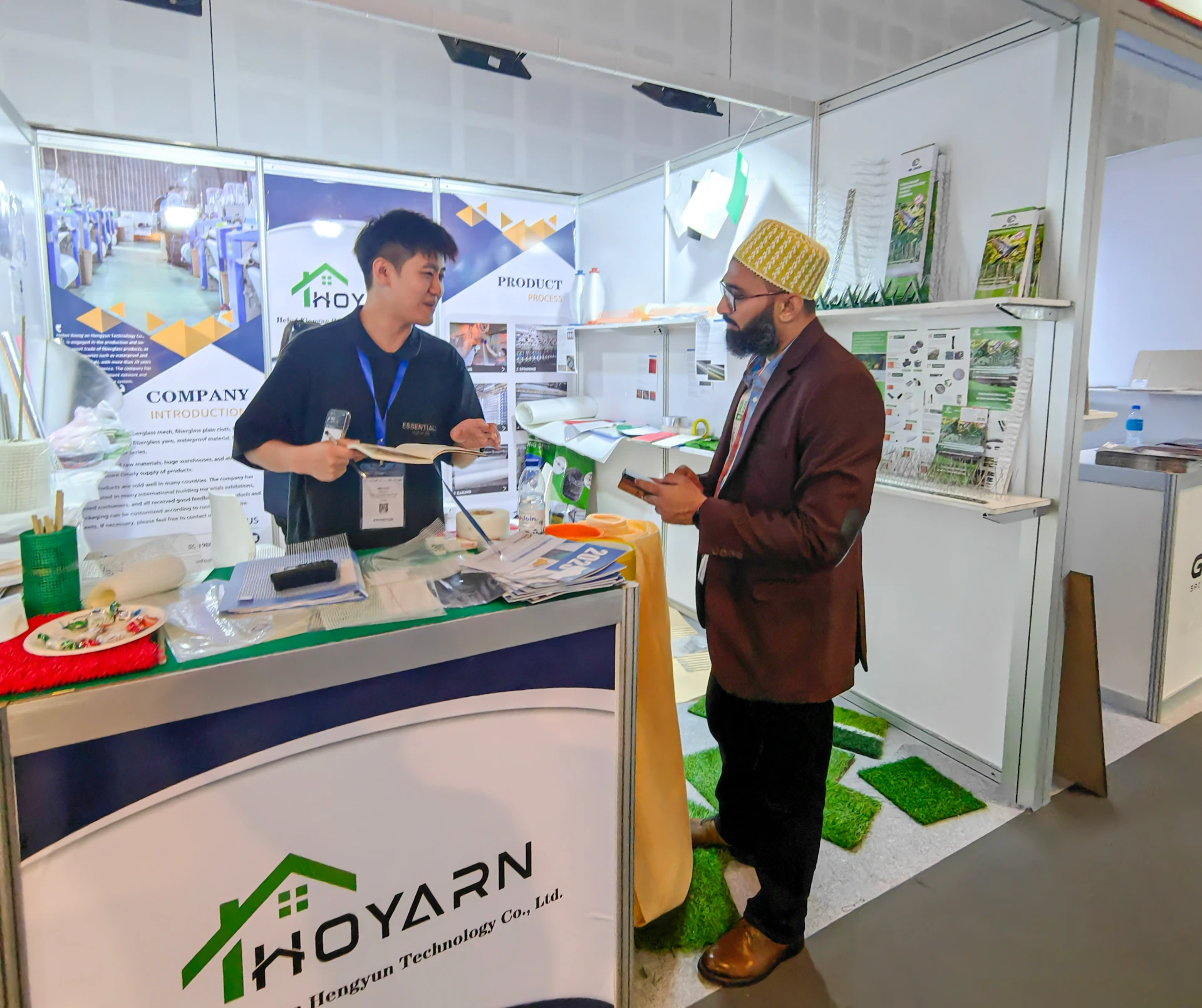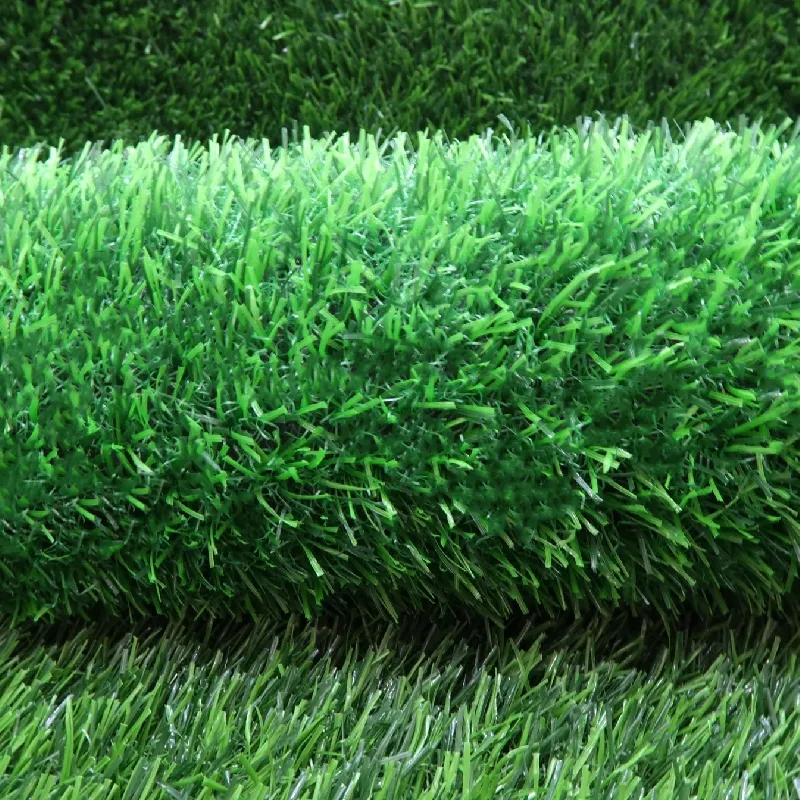Welcome to Hoyarn
Call Us Any Time:+86 19801805999
Email Us: info@hoyarn.cn

- Afrikaans
- Arabic
- Belarusian
- Bengali
- Czech
- Danish
- Dutch
- English
- Esperanto
- Estonian
- Finnish
- French
- German
- Greek
- Hindi
- Hungarian
- Icelandic
- Indonesian
- irish
- Italian
- Japanese
- kazakh
- Rwandese
- Korean
- Kyrgyz
- Lao
- Latin
- Latvian
- Malay
- Mongolian
- Myanmar
- Norwegian
- Persian
- Polish
- Portuguese
- Romanian
- Russian
- Serbian
- Spanish
- Swedish
- Tagalog
- Tajik
- Thai
- Turkish
- Turkmen
- Ukrainian
- Urdu
- Uighur
- Uzbek
- Vietnamese
Artificial Turf For Green Playgrounds, Boundless Energy
Feb . 13, 2025 06:19 Back to list
Artificial Turf For Green Playgrounds, Boundless Energy
Installing artificial grass in playgrounds has become a popular choice for many due to its durability, minimal maintenance needs, and aesthetic appeal. This guide provides an authoritative and trustworthy approach to installing artificial grass, ensuring long-lasting results and optimal safety for children.
Securing the Install Using a utility knife, trim any excess grass to fit the area's shape precisely. Fix the grass in place with landscape staples or galvanized spikes around the perimeter and along seams. Ensure that staples sit flush with the ground to avoid creating trip hazards. Brush the grass fibers against the grain to lift them, enhancing the lush appearance. Infill Application Apply an infill material, such as silica sand or crumb rubber, evenly across the grass surface. This infill helps to weigh the grass down, supports the fibers, and enhances its resilience. Spread the infill using either a drop spreader or broadcast spreader, then brush the grass again to distribute the granules evenly. Routine Maintenance Regular maintenance is necessary to preserve the playground's visual and functional quality. Periodically remove leaves and debris using a leaf blower or a gentle rake. Inspect the surface for wear or damage, and address any repairs promptly. An occasional light rinse will help keep the playground clean and fresh. Professional Tips and Considerations Consulting with professional installers or certified playground safety inspectors can provide additional insights and peace of mind. Moreover, adhering to local regulations regarding playground installations is essential to ensure compliance with safety standards. This comprehensive instruction not only guarantees an appealing finish but also prioritizes the safety and enjoyment of all playground users. Ultimately, the investment in quality materials and careful installation will pay off with years of use and enjoyment.


Securing the Install Using a utility knife, trim any excess grass to fit the area's shape precisely. Fix the grass in place with landscape staples or galvanized spikes around the perimeter and along seams. Ensure that staples sit flush with the ground to avoid creating trip hazards. Brush the grass fibers against the grain to lift them, enhancing the lush appearance. Infill Application Apply an infill material, such as silica sand or crumb rubber, evenly across the grass surface. This infill helps to weigh the grass down, supports the fibers, and enhances its resilience. Spread the infill using either a drop spreader or broadcast spreader, then brush the grass again to distribute the granules evenly. Routine Maintenance Regular maintenance is necessary to preserve the playground's visual and functional quality. Periodically remove leaves and debris using a leaf blower or a gentle rake. Inspect the surface for wear or damage, and address any repairs promptly. An occasional light rinse will help keep the playground clean and fresh. Professional Tips and Considerations Consulting with professional installers or certified playground safety inspectors can provide additional insights and peace of mind. Moreover, adhering to local regulations regarding playground installations is essential to ensure compliance with safety standards. This comprehensive instruction not only guarantees an appealing finish but also prioritizes the safety and enjoyment of all playground users. Ultimately, the investment in quality materials and careful installation will pay off with years of use and enjoyment.
Latest news
-
The Benefits of Artificial Turf for Indoors
NewsJul.15,2025
-
How Artificial Grass Suppliers Ensure Quality Products
NewsJul.15,2025
-
Artificial Grass and Pets: A Space for Relaxation
NewsJul.08,2025
-
Balcony & Outdoor Decoration with Artificial Grass
NewsJul.08,2025
-
Best Indoor Artificial Grass for Home
NewsJul.07,2025
-
Best Pet Turf for Dogs: Safe & Durable Artificial Grass Options
NewsJul.07,2025
Products categories









